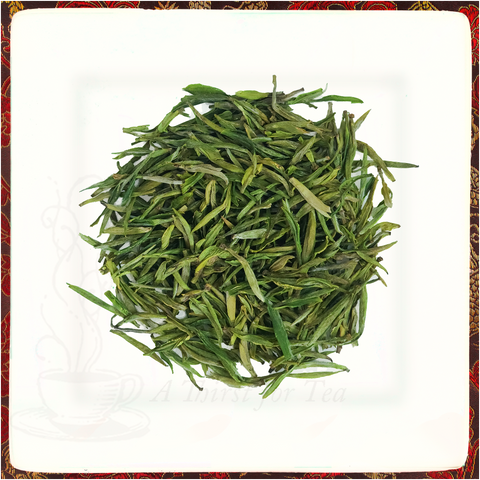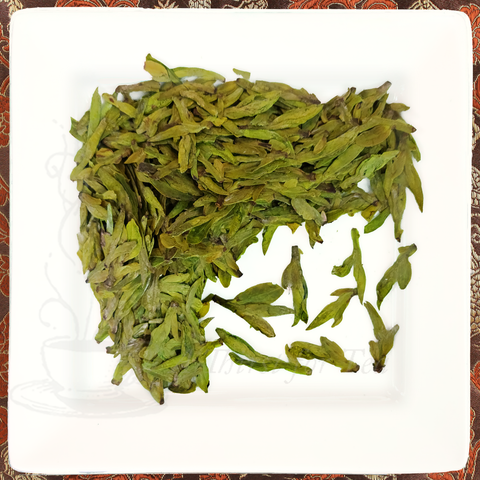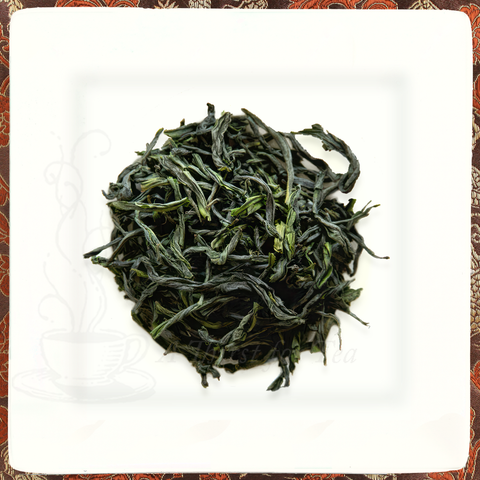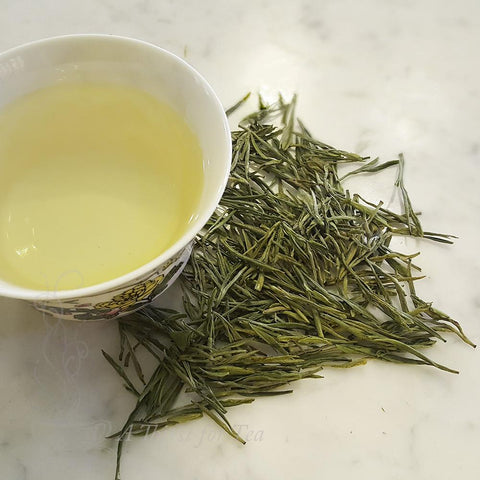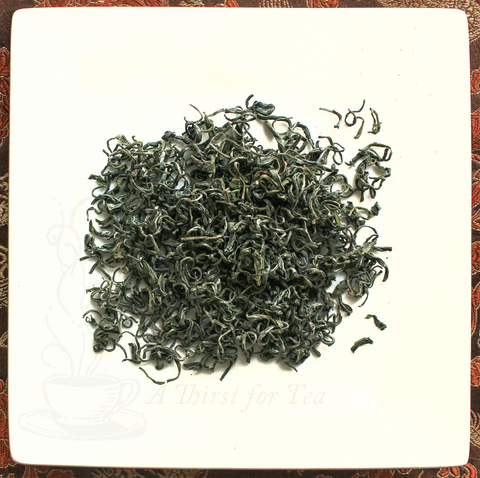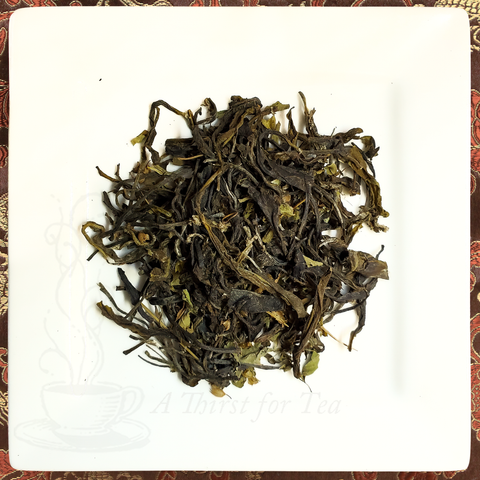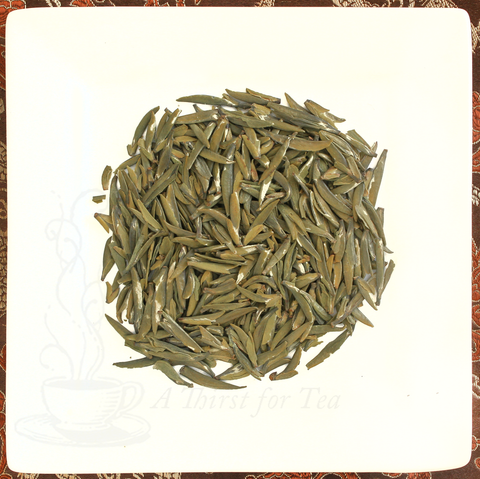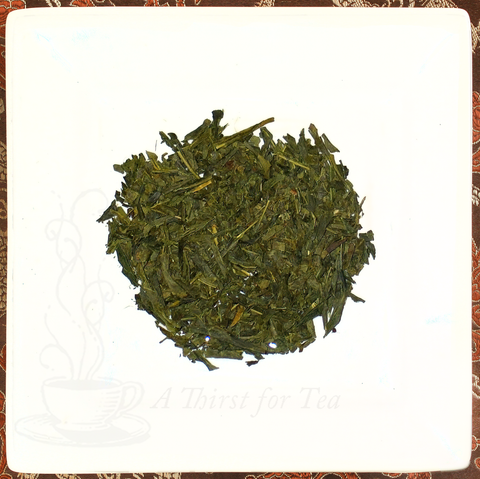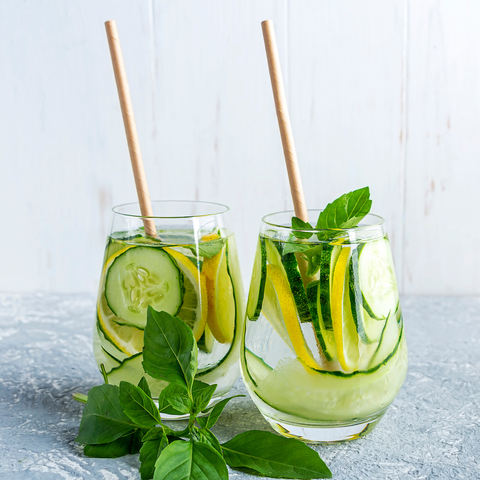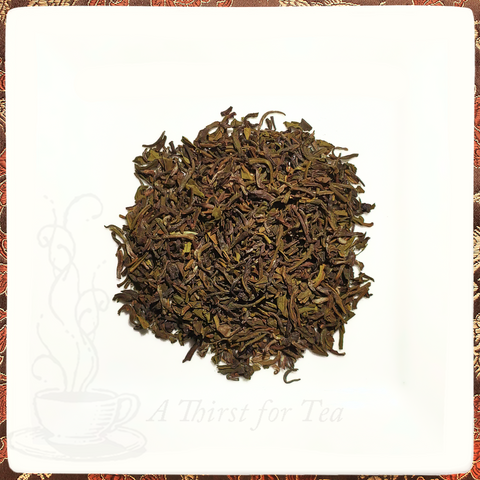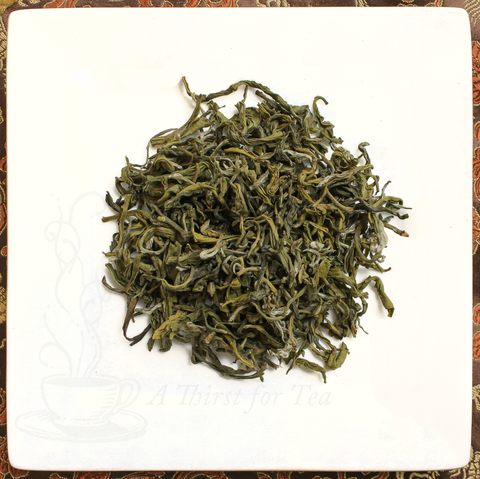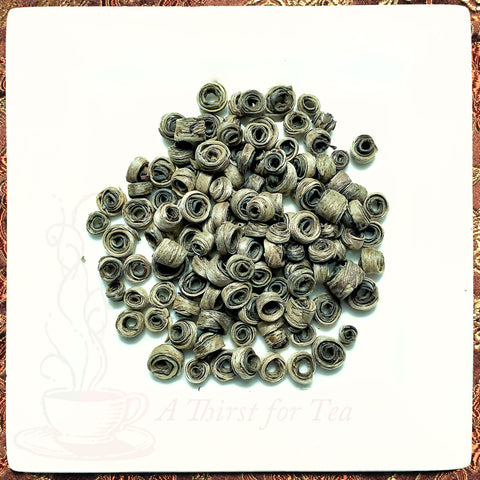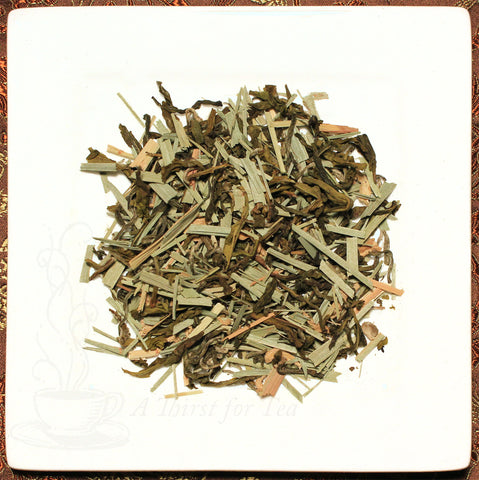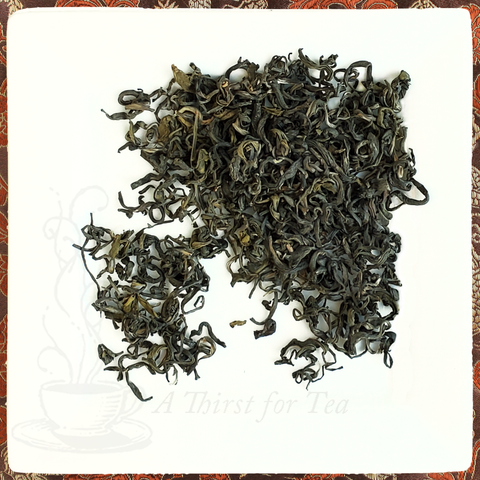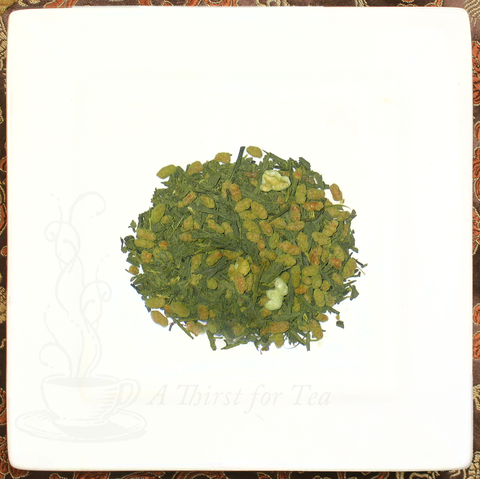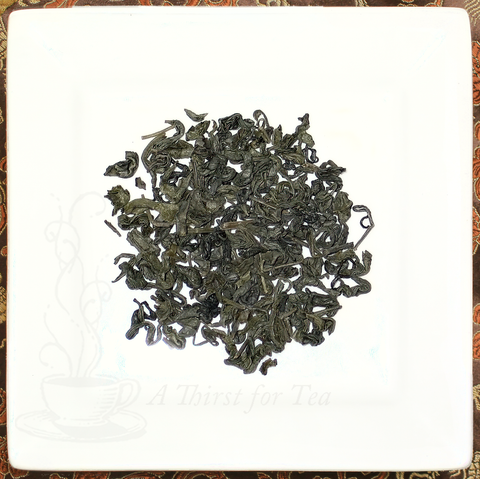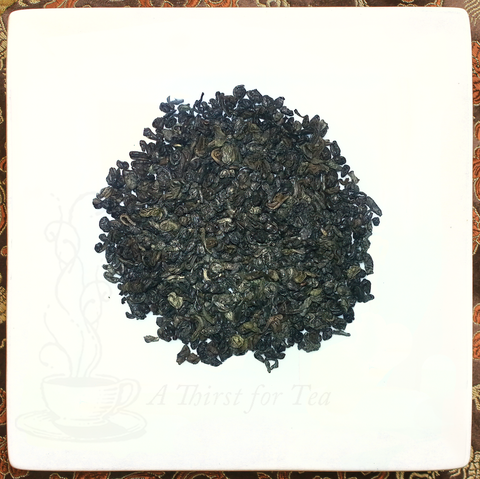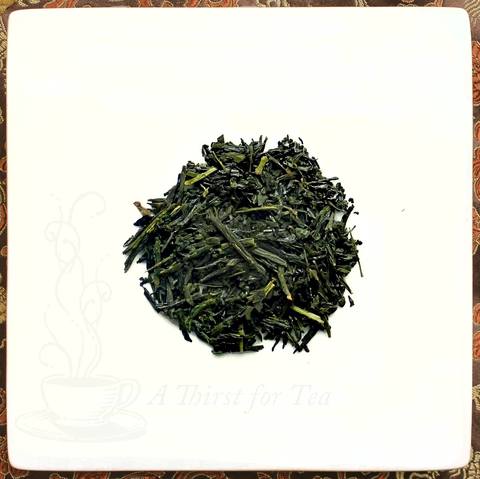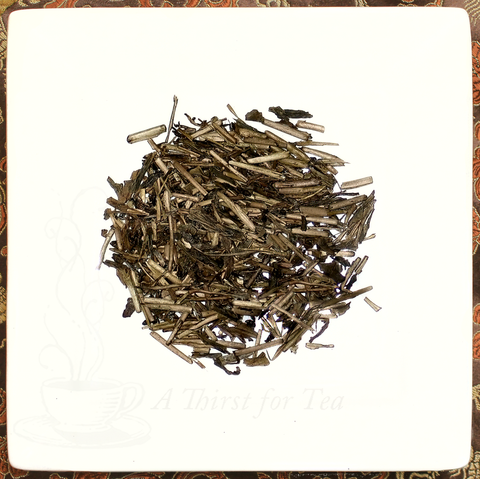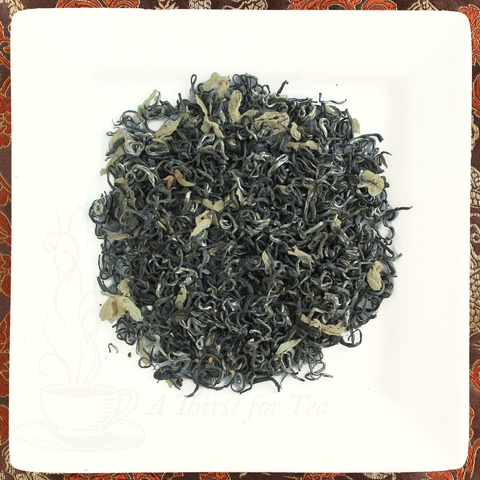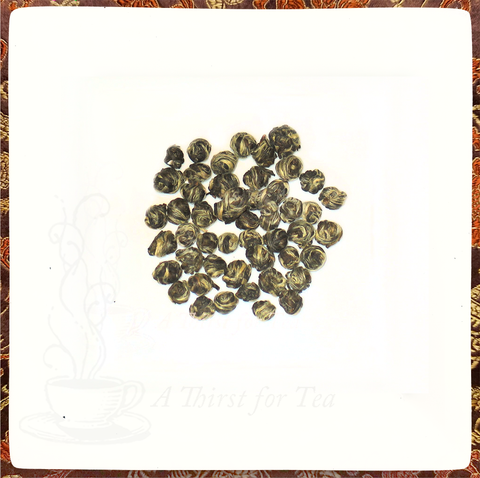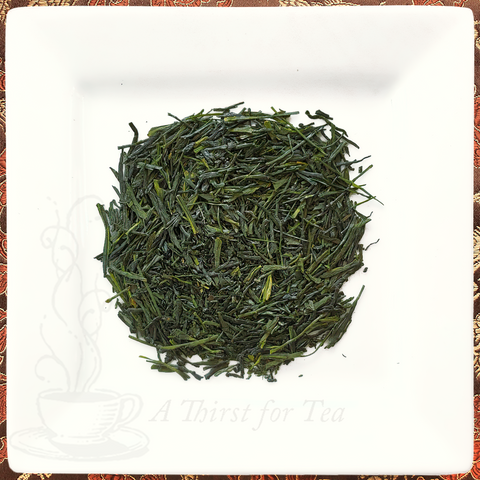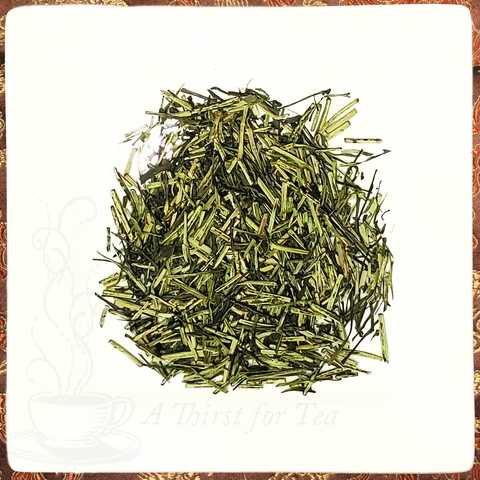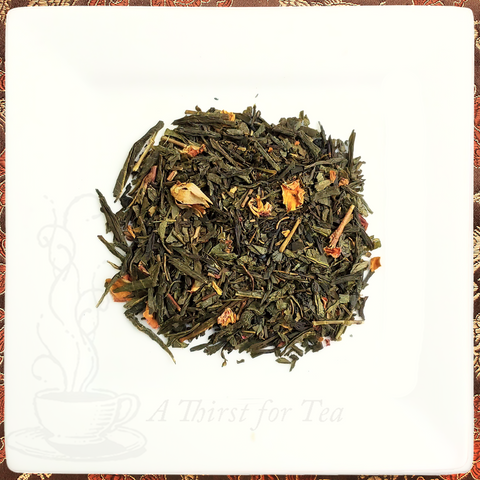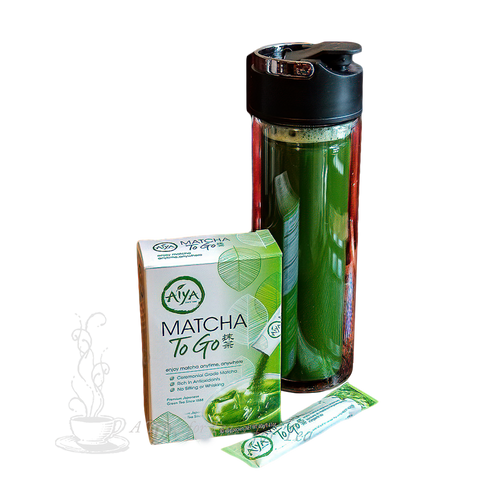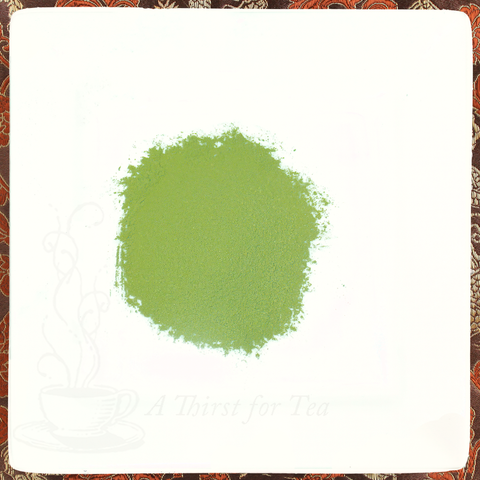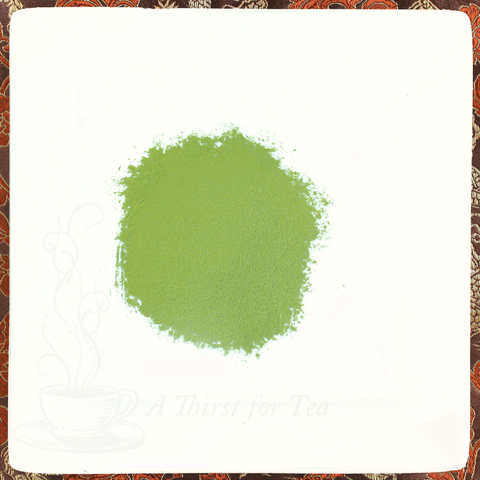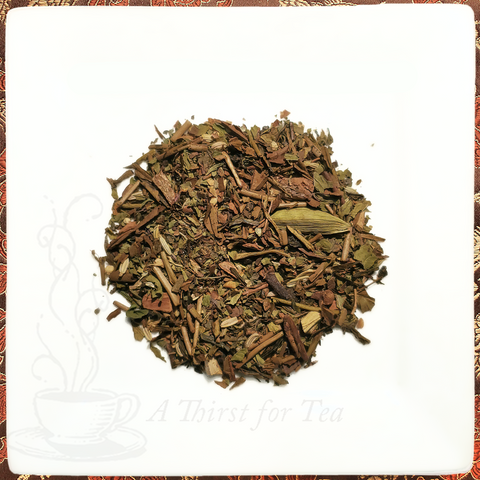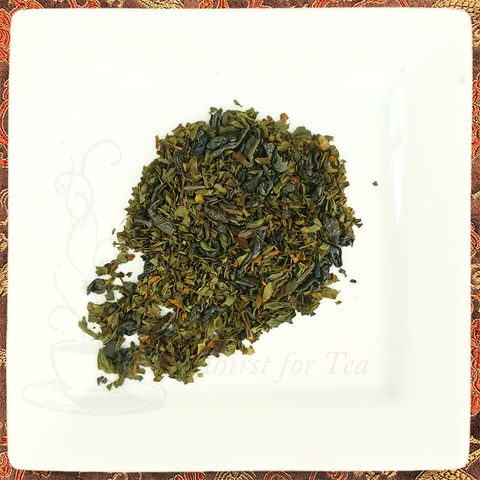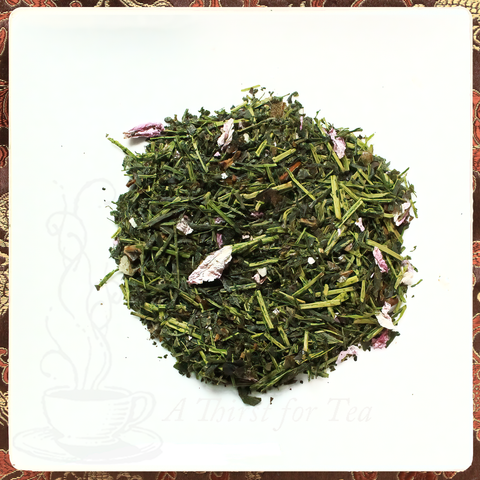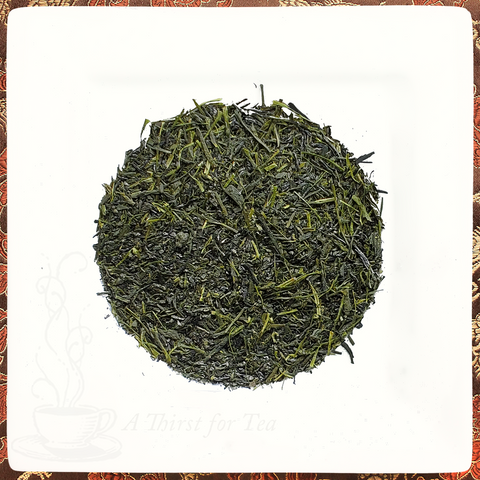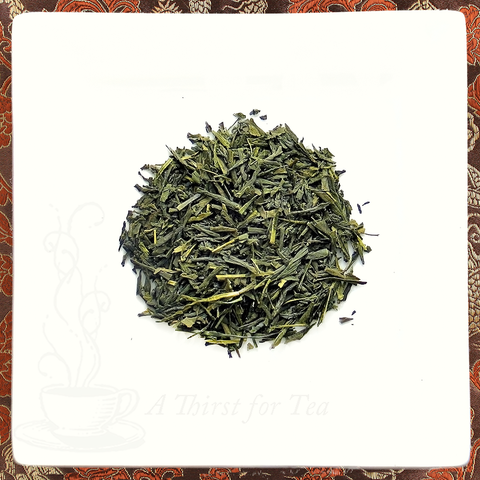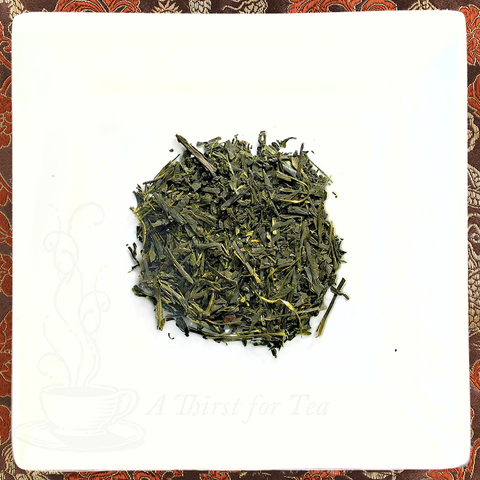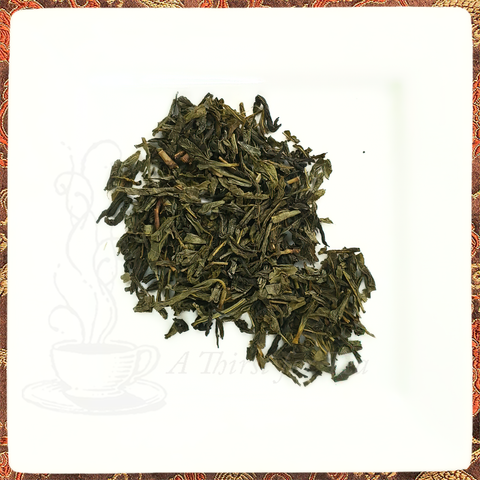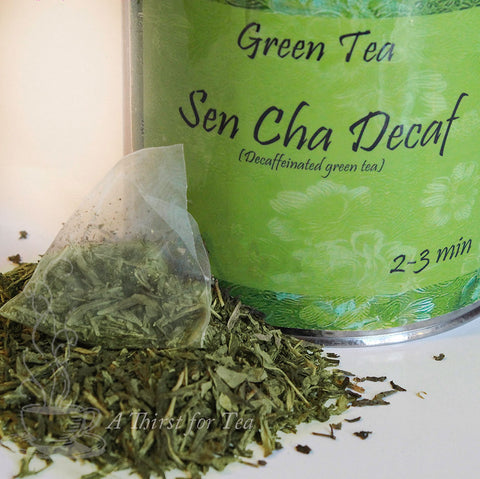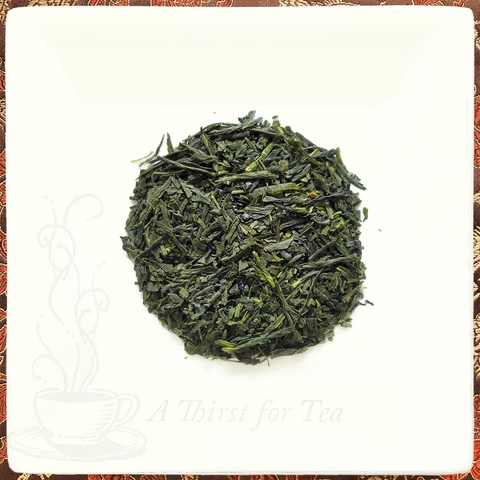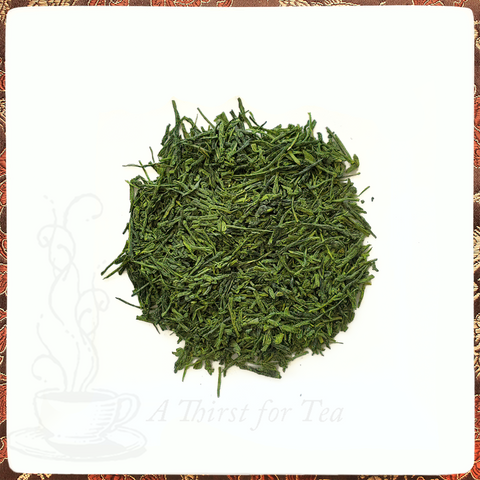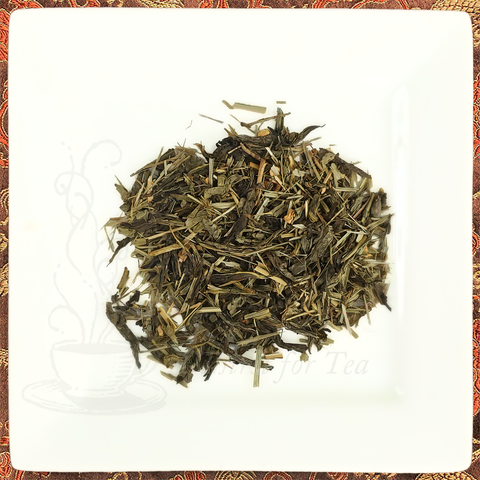Taiping Hou Kui, China Green Tea
$6.99 $13.99Taiping Hou Kui, China Green Tea
$6.99 $13.99- Gallery
- Description
- Taiping Hou Kui Background
- Taiping Hou Kui Brewing Instructions
- Reviews
Taiping Hou Kui is famous for its unique shape of "two knives & one pole," comprised of two very straight leaves clasping the enormous bud. Each & every meticulously selected pluck is carefully flattened between mesh screens during the slow baking process. The finished result is an evenly pale green leaf that is bright & lustrous, approximately 9-10cm long, very straight & about 1.5 cm wide. The leaf is paper thin with a coarse texture & so delicate that when held up to the light you can see right through them like a sheer voile fabric. Taiping Hou Kui has a captivating, refreshingly green, delicate orchid aroma. The first infusion is the most aromatic while the second is the most full-bodied. The third & fourth (yes, 4th!) infusions are mellow & pleasantly fragrant. The liquor is bright, clear & transparent with a pale, straw color tending yellowish green. The taste is refreshing & quenching, smooth & mellow with a clean, cooling, sweet aftertaste & a buttery, velvety mouthfeel.
Ingredients: Artisan green tea
Origin: Anhui Province, China
Taiping Hou Kui is the youngest of China's Top 10 Most Famous Teas, however it was the first to win international acclaim when it won the gold medal in the 1915 Panama Pacific Exposition. Production of Taiping Hou Kui dates back to the Qing Dynasty at which time it was a Tribute tea to the Emperor.
Taiping Hou Kui is made from the Shi Da Ye, a large leaf cultivar found only in Anhui Province. The tender tea shoots can be as long as 15cm (5.9 inches) while the leaf itself measures up to 60mm (2.39 inches.) It is the largest leaf among all of China's famous green teas. The tea is famous for its unique shape of "two knives and one pole," comprised of two very straight leaves clasping the enormous bud with white hairs.
Taiping Hou Kui has a captivating, refreshingly green, delicate orchid aroma. Each and every meticulously selected pluck is carefully flattened between mesh screens during the slow baking process. The finished result is an evenly pale green leaf that is bright and lustrous, approximately 9-10cm long, very straight and about 1.5 cm wide. The leaf is paper thin with a coarse texture and so delicate that when held up to the light you can see right through them like a sheer voile fabric. As a matter of fact, upon close inspection of the leaf you can see the crosshatch pattern from the mesh screen embossed on the leaf. The first infusion is the most aromatic while the second is the most full bodied. The third and fourth (yes, 4th!) infusions are mellow and pleasantly fragrant. The liquor is bright, clear and transparent with a pale, straw color tending yellowish green. The taste is refreshing and quenching, smooth and mellow with a clean, cooling, sweet aftertaste and a buttery, velvety mouthfeel. The characteristic sweet aftertaste of Taiping Hou Kui is referred to as Hou Yun, or Monkey Rhyme.
Taiping Hou Kui comes from the village of Xinming in Taiping county, Anhui Province, at the southern foot of the Huangshan mountains. The Taiping area is very remote and difficult to get to. All traffic in and out of this area is by boat. Situated at one end of Taiping Lake it is surrounded by pine and bamboo forests. Taiping Lake is the largest man-made lake in Anhui Province. The history of the Taiping Scenic Area dates back to 109 BC during the Han Dynasty. The area is blessed with a superior ecological environment. 400 kinds of plants from 41 species grow on the lakeshore. Nearly half of them are ornamental plants. The area is inhabited by about 170 birds, 70 mammals, and 40 freshwater fish. The area is also rich in fruits and various local specialties, such as the world famous Taiping Hou Kui green tea, Huangshan Maofeng green tea, Longmen persimmon, Chinese gooseberry, Qiaoshan Chinese torreya nuts and Taiping silver fish.
The core producing area for Taiping Hou Kui is comprised of three townships, Houkeng, Hougang and Yanjiacun. The first of these, Houkeng, is considered to be the best production area due to its northeast facing location where the hillside is shaded and blanketed in clouds and mist which hydrate the plants and protect them from strong sunlight and afternoon heat. Because the bushes are protected from direct sunlight the leaves are very high in theanine which contributes to the natural sweetness of the tea.
Brewing Instructions
Water Temperature: 160-175 degrees
Water Quality: Best with Spring Water
Amount of Leaf (per 6 fl oz water): (3 grams) Because of the large leaf size it is best to weigh the leaves.
Steep Time: 1-3 minutes
Number of Infusions: 3-4
Taiping Hou Kui is typically brewed in a tall, clear, heatproof glass or teapot so that you can watch the leaves gently sway in the water as they unfurl. This is described as the "Phoenix dances." Using 3 grams of tea per 6 oz. of 160-170 degree water, pour the water slowly over the leaves in a circular motion just to cover the leaves. Once the leaves are completely wet, pour the remaining water over and steep for 1-2 minutes. Taiping Hou Kui will withstand three to four infusions.


